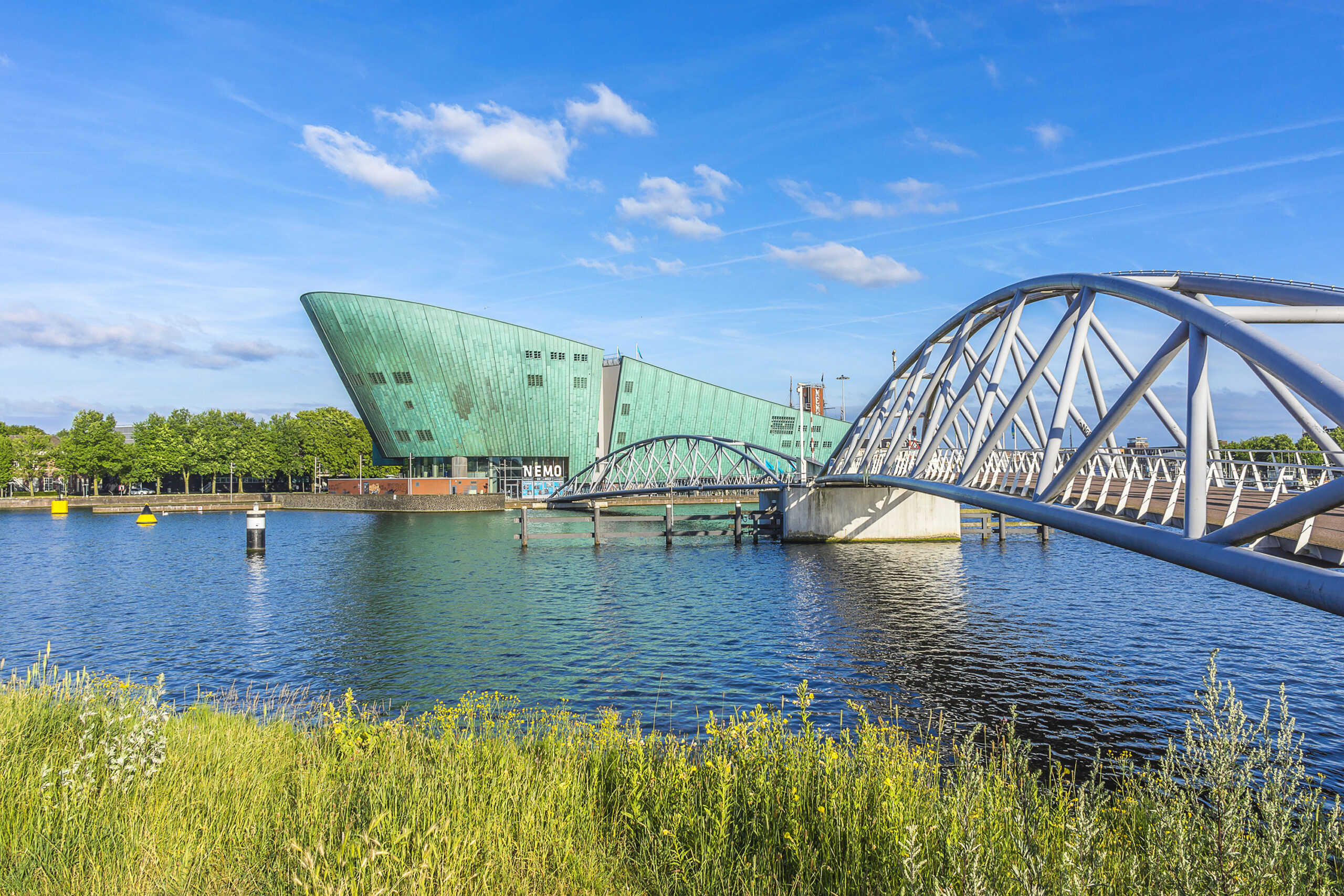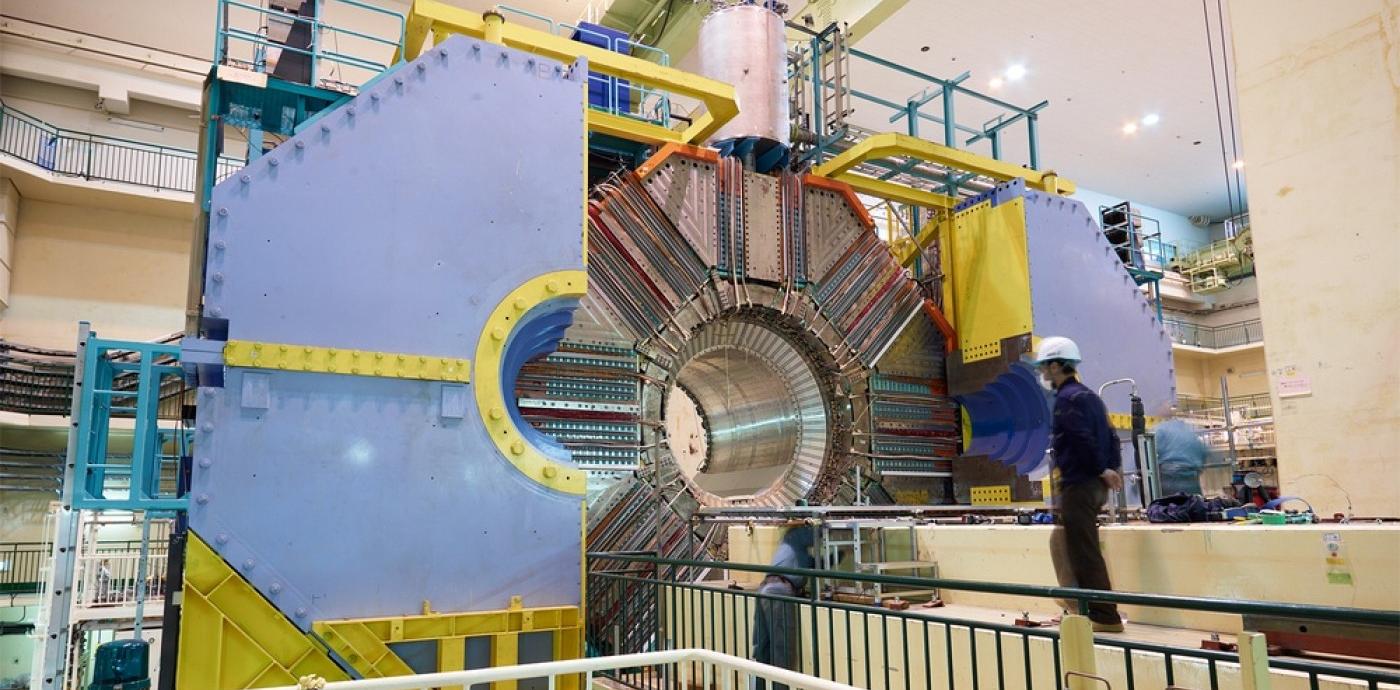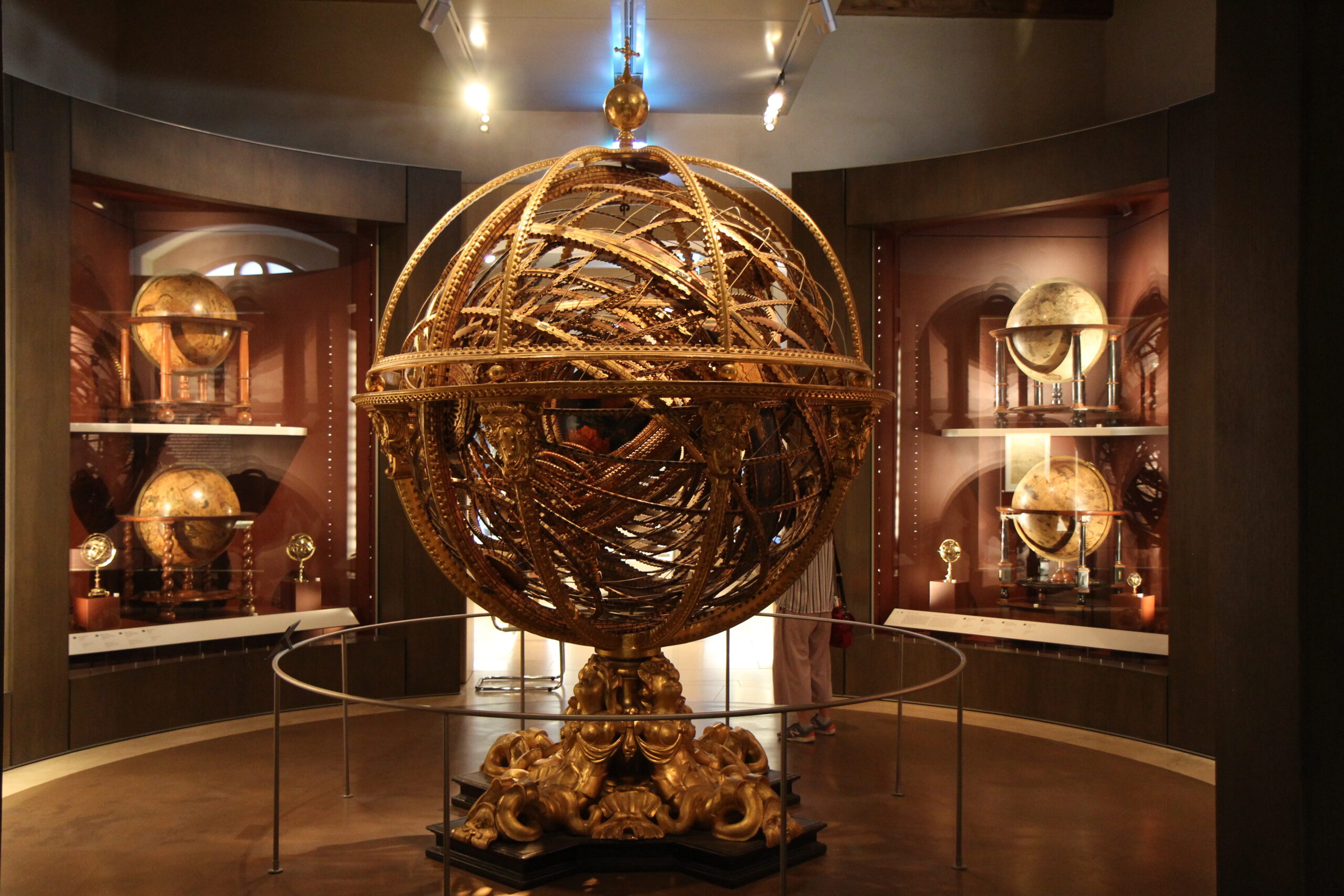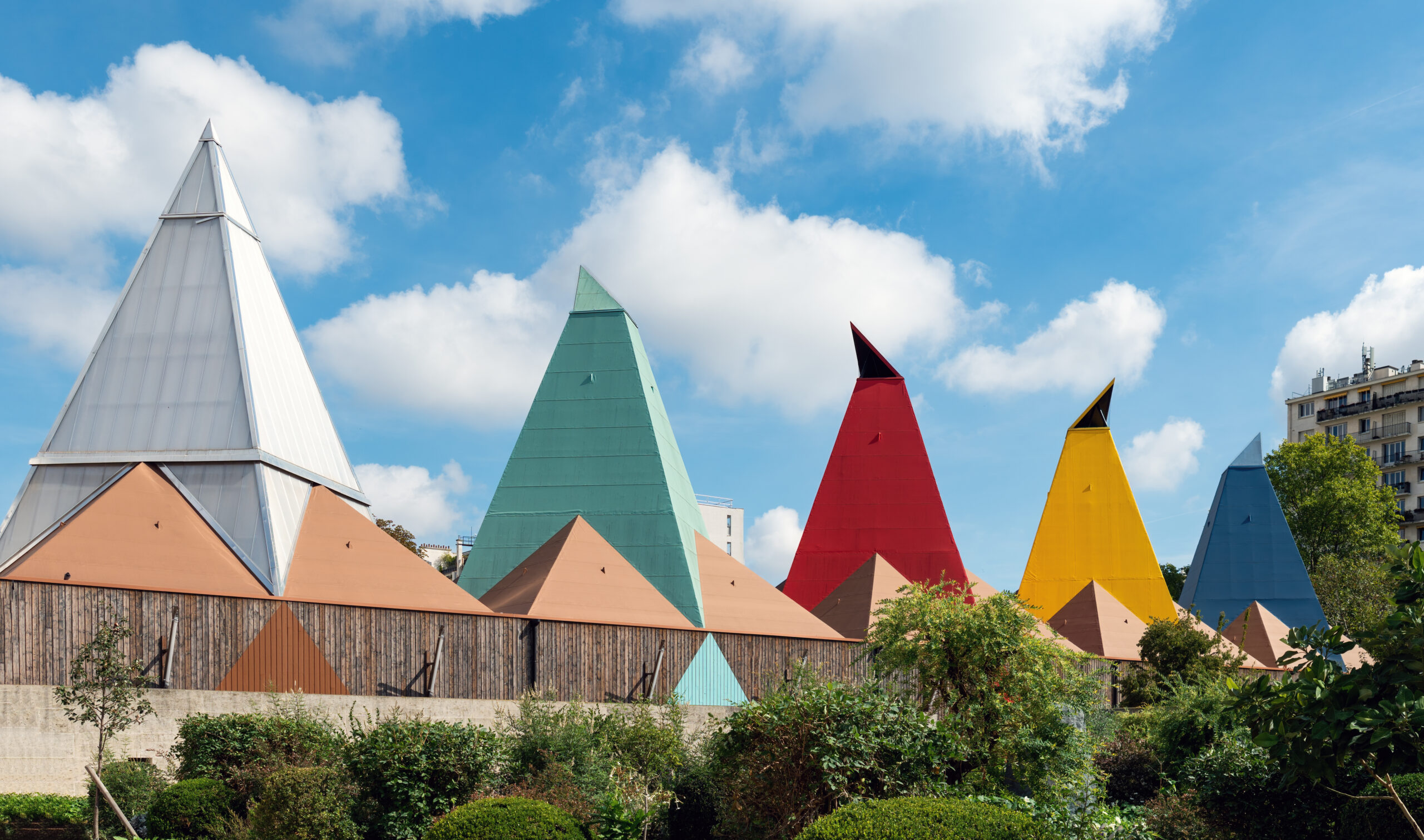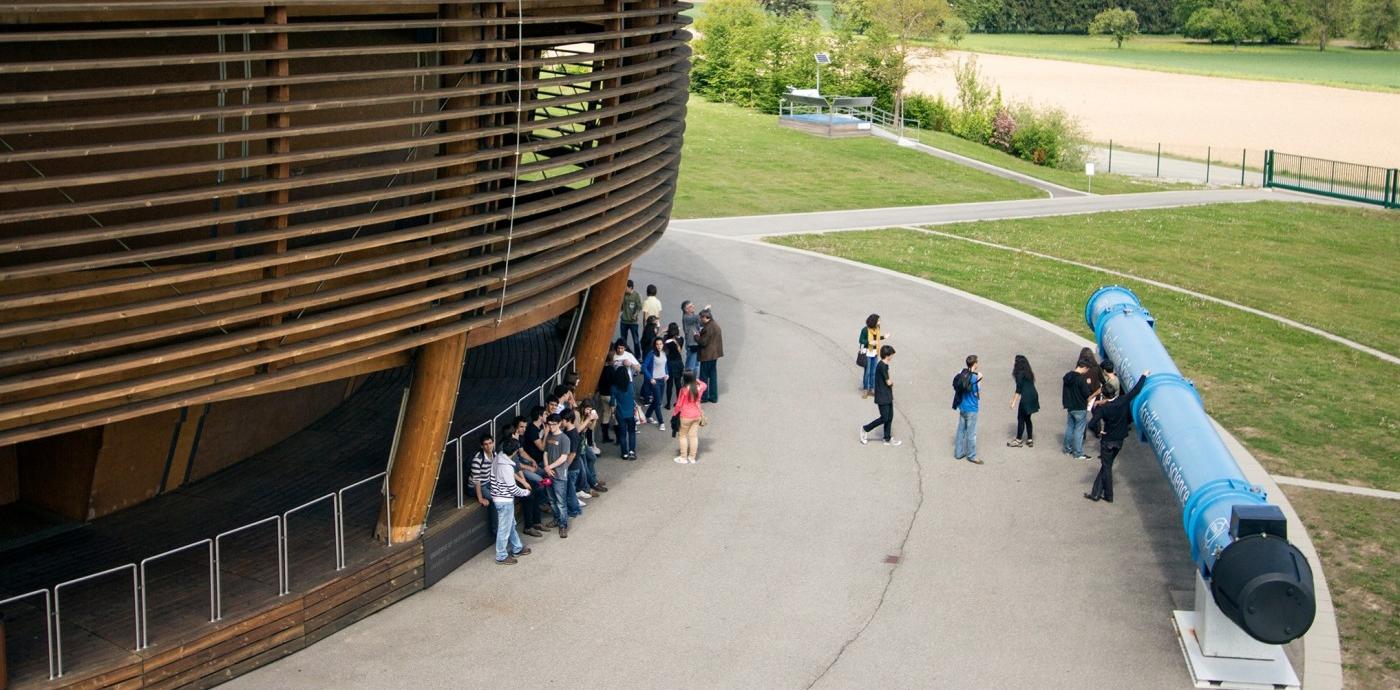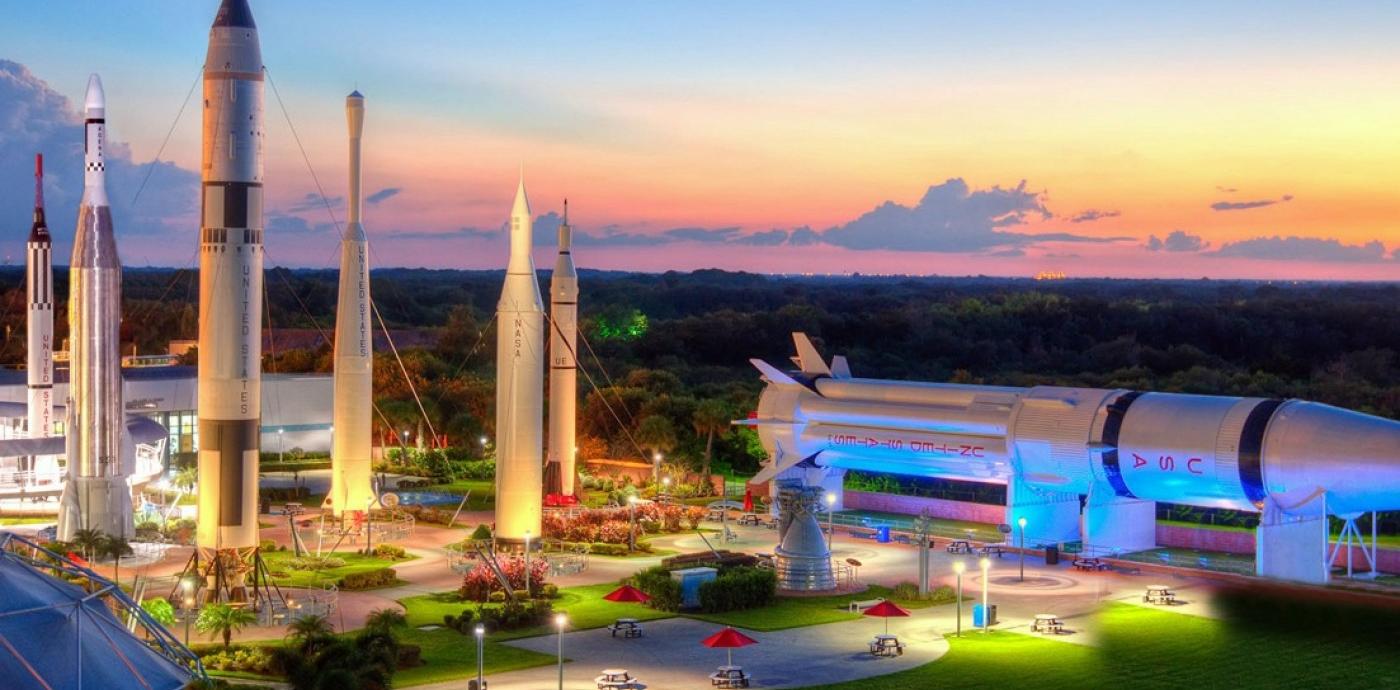Science tour to Euro Space Center, Belgium, by coach: 3 days, 2 nights
A fantastic opportunity to offer students a focused space science experience. Accommodation is also located in the Euro Space Center so no time is wasted immersing yourselves in the experience. A variety of options are available depending on the duration you choose to travel (1-5 day options are possible). You could also add in different excursions outside of Euro Space if you would like to extend your trip. See the excursions tab for ideas. Please note, the itinerary below is intended to demonstrate a sample of the activities on offer and your tour may differ in content. It’s also possible to combine with a trip to Brussels or Ypres – enquire for details.
Similar tours
Suggested itinerary
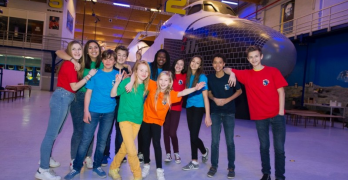
Day one
- Travel to Brussels
- Arrive at Euro Space Center
- Evening at leisure
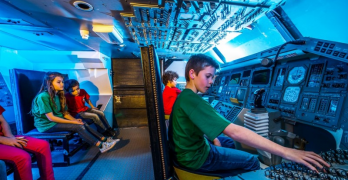
Day two
- Space Activity Programme:
- Moonwalk chair : Moon gravity simulator 1 hour
- Multi-axis chair : disorientation simulator 1 hour
- Live in space movie about life in space 0:30 hour
- Free open activities outdoors (with no guide) until 3:30 hours
- Space show
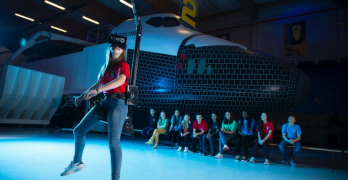
Day three
- Visit multimedia space exhibitions
- Return to UK
Excursion locator map
Excursion Ideas
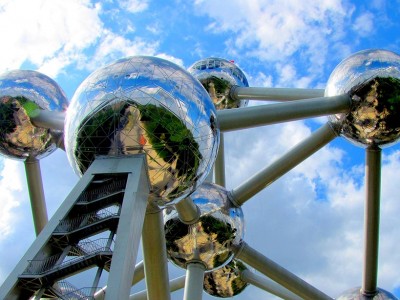
Atomium
Subject range: Cultural, STEM
What you’ll experience:The iconic symbol of Brussels and Belgium, with its unique architecture, the Atomium is the most popular attraction in the city. Built for the 1958 World Exhibition, the Atomium now houses a permanent exhibition about its history as well as temporary exhibitions focused around sciences, design, and society. The upper sphere offers unique and spectacular views across the city skyline.
Select says:The Atomium is shaped on the model of an elementary iron crystal enlarged 165 billion times. Find out more about the Atomium here.

Euro Space Center
Subject range: Science, STEM
What you’ll experience:The Euro Space Center, Belgium, is a unique educational theme park which centres around space. It’s both a fun and educational adventure of 1 to 5 days and is a unique concept in Europe. Students have the opportunity of taking part in fantastic space adventures such as a simulated walk on the Moon, building rockets, a space mission and much more. Your students are certain to leave thoroughly enthused and motivated about science!
Select says:The activities are suited to your students’ age group and are delivered by a passionate educational team and are available in five languages.
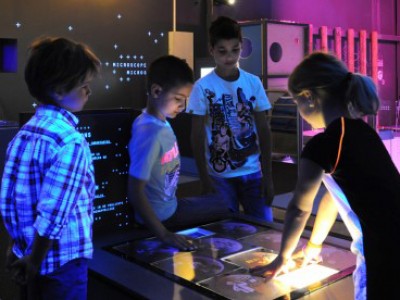
SPARKOH!
Subject range: STEM
What you’ll experience:The centre provides 90 minute workshops on robots or cyberspace as well as interactive exhibitions on genetics, water, light and energy.
Select says:Well focused activities to help your groups’ learning. Learning links include: science and technology.
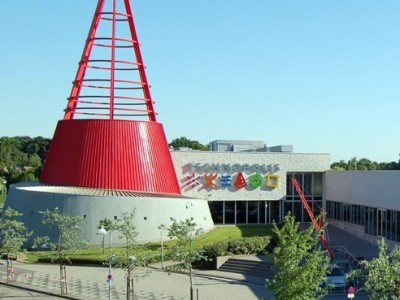
Technopolis Science Museum, Mechelen
Subject range: STEM
What you’ll experience:A series of activities within the exhibition with overlap into other STEM areas. The Main exhibition is a series of interactive exhibits for anyone with a bit of curiosity, from 4 to 104. They show us how science and technology lie hidden in everyday objects. There are also several demonstrations that take place during the day. A special zone, called Inspirience, is targeted at 14-18 years old.
Select says:A great range of activities that you can use in a targeted way to support your students learning. Learning links across science, technology, maths and engineering.
Science trip to Euro Space Center, Belgium, by coach: 3 days, 2 nights Accommodation

Euro Space Center
Location: Request a quote View map Euro Space Center
Capacity: 205
Accommodation is part of the Euro Space Center so you can truly make the most of your days!





Rooms: 205 beds.
Facilities: The Euro Space Center offers 7000 m² of facilities overall and has two restaurants and many meeting rooms. Meals: Suited to your cultural habits and diet.
Links to Learning
Learning areas:
KS3
Chemistry
Chemical reactions
• representing chemical reactions using formulae and using equations
• combustion, thermal decomposition, oxidation and displacement reactions
• what catalysts do.
Energetics
• energy changes on changes of state (qualitative)
• exothermic and endothermic chemical reactions (qualitative).
Materials
• properties of ceramics, polymers and composites (qualitative).
Earth and atmosphere
• the composition of the atmospherePhysics
Energy
Calculation of fuel uses and costs in the domestic context
• comparing energy values of different foods (from labels) (kJ)
• comparing power ratings of appliances in watts (W, kW)
• comparing amounts of energy transferred (J, kJ, kW hour)
• domestic fuel bills, fuel use and costs
• fuels and energy resources.
Energy changes and transfers
• simple machines give bigger force but at the expense of smaller movement (and vice versa): product of force and displacement unchanged
• heating and thermal equilibrium: temperature difference between two objects leading to energy transfer from the hotter to the cooler one, through contact (conduction) or radiation; such transfers tending to reduce the temperature difference: use of insulators
• other processes that involve energy transfer: changing motion, dropping an object, completing an electrical circuit, stretching a spring, metabolism of food, burning fuels.
Changes in systems
• energy as a quantity that can be quantified and calculated; the total energy has the same value before and after a change
• comparing the starting with the final conditions of a system and describing increases and decreases in the amounts of energy associated with movements, temperatures, changes in positions in a field, in elastic distortions and in chemical compositions
• using physical processes and mechanisms, rather than energy, to explain the intermediate steps that bring about such changes.Motion and forces
Describing motion
• speed and the quantitative relationship between average speed, distance and time (speed = distance ÷ time)
• the representation of a journey on a distance-time graph
• relative motion: trains and cars passing one another.
Forces
• forces as pushes or pulls, arising from the interaction between two objects
• using force arrows in diagrams, adding forces in one dimension, balanced and unbalanced forces
• moment as the turning effect of a force
• forces: associated with deforming objects; stretching and squashing – springs; with rubbing and friction between surfaces, with pushing things out of the way; resistance to motion of air and water
• forces measured in newtons, measurements of stretch or compression as force is changed
• force-extension linear relation; Hooke’s Law as a special case
• work done and energy changes on deformation
• non-contact forces: gravity forces acting at a distance on Earth and in space, forces between magnets and forces due to static electricity.
Pressure in fluids
• atmospheric pressure, decreases with increase of height as weight of air above decreases with height
• pressure in liquids, increasing with depth; upthrust effects, floating and sinking
• pressure measured by ratio of force over area – acting normal to any surface.
Balanced forces
• opposing forces and equilibrium: weight held by stretched spring or supported on a compressed surface.
Forces and motion
• forces being needed to cause objects to stop or start moving, or to change their speed or direction of motion (qualitative only)
• change depending on direction of force and its size.Waves
Energy and waves
• pressure waves transferring energy; use for cleaning and physiotherapy by ultra-sound; waves transferring information for conversion to electrical signals by microphone.
Light waves
• the similarities and differences between light waves and waves in matter
• light waves travelling through a vacuum; speed of light
• the transmission of light through materials: absorption, diffuse scattering and specular reflection at a surfaceElectricity and electromagnetism
Current electricity
• electric current, measured in amperes, in circuits, series and parallel circuits, currents add where branches meet and current as flow of charge
• potential difference, measured in volts, battery and bulb ratings; resistance, measured in ohms, as the ratio of potential difference (p.d.) to current
• differences in resistance between conducting and insulating components (quantitative).
Static electricity
• separation of positive or negative charges when objects are rubbed together: transfer of electrons, forces between charged objects
• the idea of electric field, forces acting across the space between objects not in contact.
Magnetism
• magnetic poles, attraction and repulsion
• magnetic fields by plotting with compass, representation by field lines
• Earth’s magnetism, compass and navigation
• the magnetic effect of a current, electromagnets, D.C. motors (principles only).Matter
Physical changes
• conservation of material and of mass, and reversibility, in melting, freezing, evaporation, sublimation, condensation, dissolving
• similarities and differences, including density differences, between solids, liquids and gases
• Brownian motion in gases
• diffusion in liquids and gases driven by differences in concentration
• the difference between chemical and physical changes.
Particle model
• the differences in arrangements, in motion and in closeness of particles explaining changes of state, shape and density, the anomaly of ice-water transition
• atoms and molecules as particles.
Energy in matter
• changes with temperature in motion and spacing of particles
• internal energy stored in materials.
Space physics
• gravity force, weight = mass x gravitational field strength (g), on Earth g=10 N/kg, different on other planets and stars; gravity forces between Earth and Moon, and between Earth and Sun (qualitative only)
• our Sun as a star, other stars in our galaxy, other galaxies
• the seasons and the Earth’s tilt, day length at different times of year, in different hemispheres
• the light year as a unit of astronomical distance.KS4
AQA Physics
Forces
Energy
Waves
Electricity
Magnetism & Electromagnetism
Particle Model of Matter
Atomic Structure
Space PhysicsAQA Chemistry
Atomic Structure & Periodic Table
Bonding Structures & Properties of Matter
Quantitative Chemistry
Chemical Changes
Energy Changes
The rate And Extent of Chemical Change
Chemical Analysis
Chemistry of the AtmosphereEdexcel Chemistry
Chemistry in our World
Discovering Chemistry
Chemistry in ActionEdexcel Physics
Universal Physics
Physics in Your Future
Applications of PhysicsOCR C21 Chemistry
Chemical Patterns
Chemicals & the Natural Environment
Material Choices
Chemical Analysis
Making Useful ChemicalsOCR Gateway Chemistry
Particles
Elements, Compounds & Mixtures
Chemical Reactions
Predicting and Identifying Reactions & Products
Monitoring & Controlling Chemical ReactionsOCR C21 Physics
Sustainable Energy
Electric Circuits
Explaining Motion
Radioactive Materials
Matter – Models & ExplanationsOCR Gateway Physics
Matter
Forces
Electricity
Magnetism and Magnetic Fields
Waves in Matter
Radioactivity
EnergyMaybe some links to Biology in terms of effects of time in space on the body
KS5
AQA Chemistry
Physical Chemistry
Inorganic ChemistryAQA Physics
Measurements and their errors
Particles and radiation
Waves
Mechanics and materials
Electricity
Further mechanics and thermal physics
Fields and their consequences
Nuclear physics
Astrophysics
Engineering physics
ElectronicsEdecxel Chemistry
Inorganic & Physical Chemistry
General & Practical ApplicationsEdexcel Physics
Working as a Physicist
Mechanics
Electric Circuits
Electric & Magnetic Fields
Nuclear & Particle Physics
Materials
Waves & particle Nature of Light
Thermodynamics
Space
Nuclear radiation
Gravitational Fields
OscillationsOCR Chemistry A
Periodic Table & Energy
Organic Chemistry
Physical Chemistry and Transition ElementsOCR Chemistry B
Developing Fuels
Chemical Industry
Polymers and Life
Developing MetalsOCR Physics
Forces & Motion
Electronics, waves & Photons
Newtonian World & Astrophysics
Particle Physics

